Predatory Glow Worms Discovered in the Amazon Rainforest
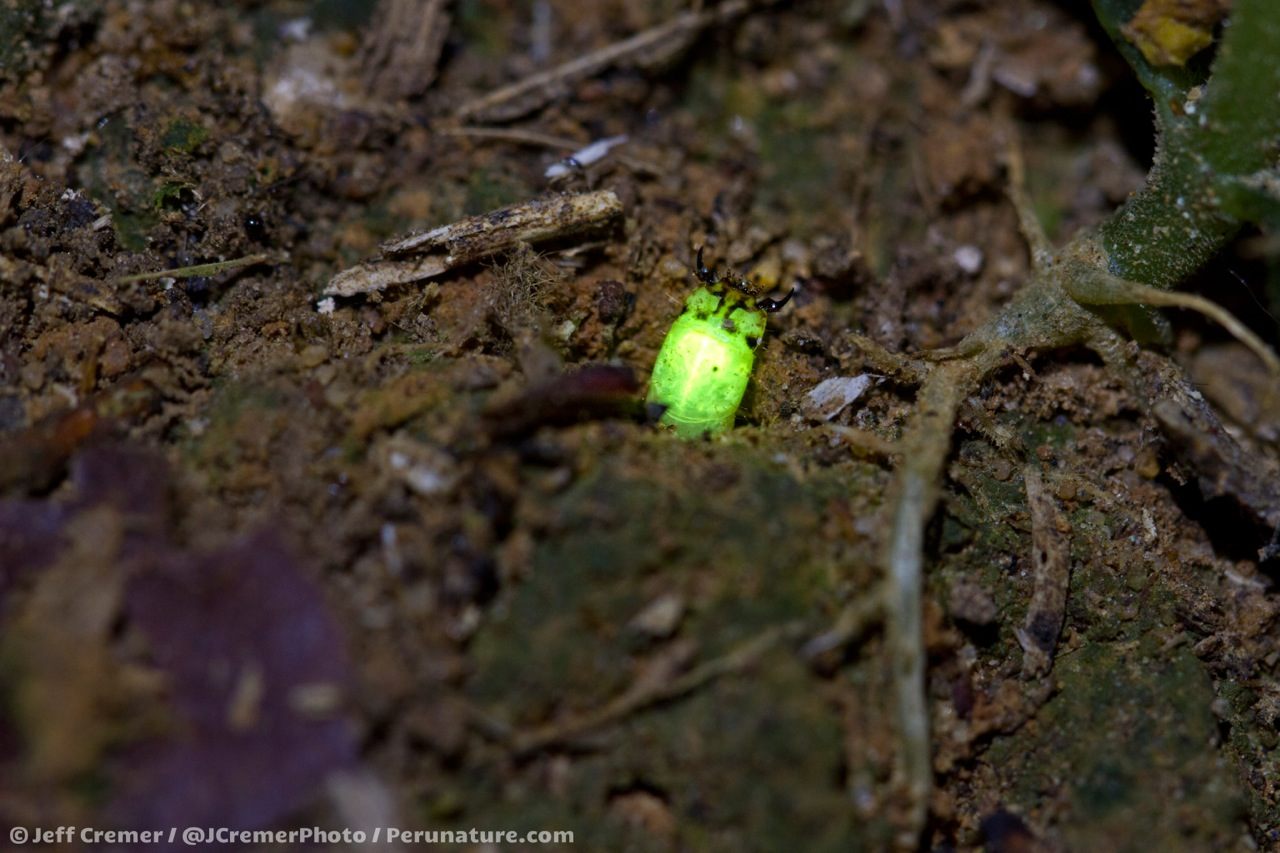 photo by Jeff Creamer
photo by Jeff Creamer
The Amazon is the most biodiverse tropical rainforest, which 1 in 10 known species in the world call home, including about 2.5 million species of insect. This October, as reported by Neatorama, a group of scientists may have discovered one more: a predatory glow worm.
The term “glow worm” is a catch-all for the bioluminescent larvae of various insect species, from fireflies to beetles. They are most commonly found in Australia and New Zealand, where they tend to congregate in dark, dank spots like the Waitomo Glowworm Caves and the Newnes Glow Worm Tunnel, dangling strands of sticky mucus to trap smaller insects that are attracted to their glowing bodies.
But the glow worms in the Peruvian rainforest were found in a dirt wall. They were first spotted a few years ago by wildlife photographer Jeff Creamer, during a nighttime hike in the rainforest in Tambopata. He posted pictures to Reddit, hoping to crowdsource an identification. No one was able to do so successfully, so last month he went back to Peru, bringing along entomologist Aaron Pomerantz and two grad students from the University of Florida to try to learn more about the creatures.
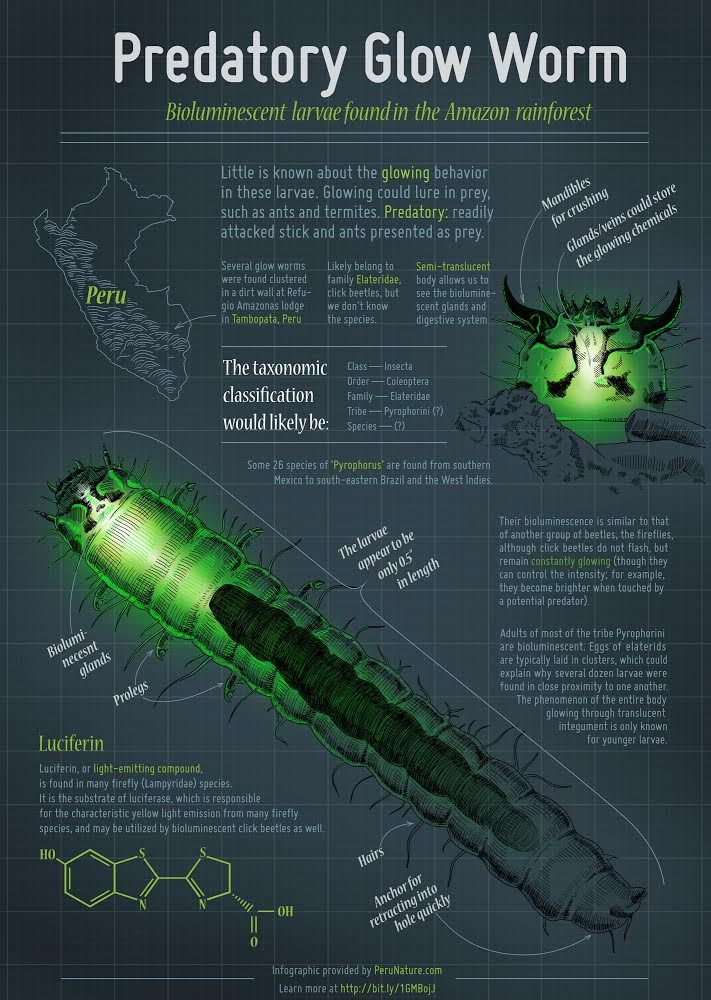 infographic from PeruNature.com
infographic from PeruNature.com
The team determined that the larvae are indeed predatory: the bugs dig themselves into the dirt with just their heads sticking out, huge mandibles at the ready to chomp whatever happens to wander past. They also determined that the larvae can control whether or not they emit light, glowing more brightly when touched by what they think is a predator, and not glowing at all when they’re disturbed.
Pomerantz theorizes that the larvae glow through the use of Luciferin, the same molecule used by many fireflies, and that they are some species of Elateridae, commonly known as click beetles. There are more than 10,000 species of Elateridae in the world, of which 200 have been observed to display bioluminescence. Pomerantz told Atlas Obscura in an email that these bugs might belong to the tribe Pyrophirini, or else could belong to a previously undiscovered species. Outside of some studies in Brazil, there has not been much research done on this kind of click beetles, so this is an exciting chance to learn more about them.
Here’s Pomerantz’ account of the team’s trip, with plenty of glowy, buggy close-ups.

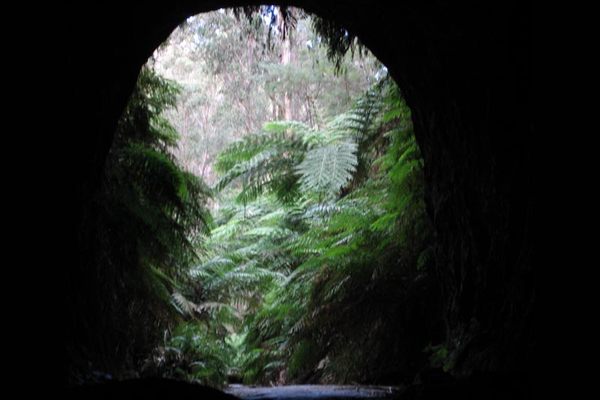

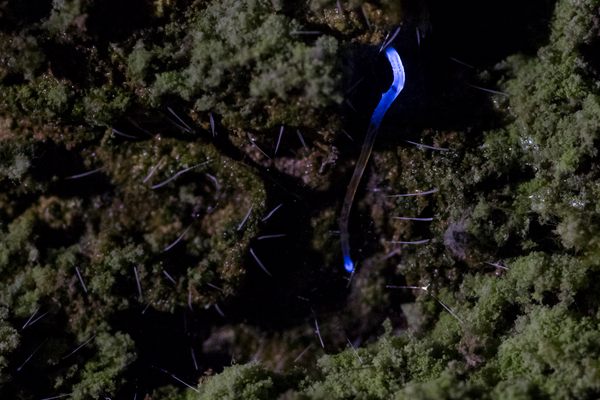
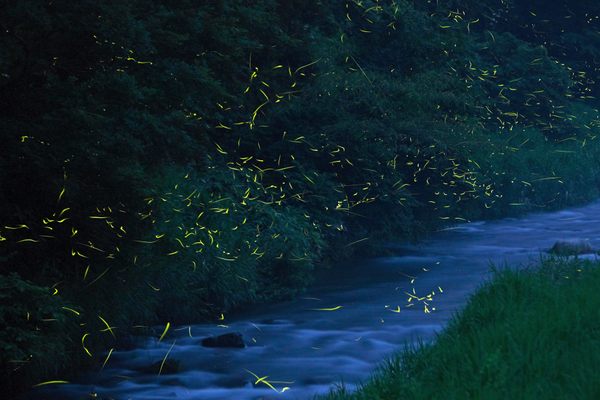












Follow us on Twitter to get the latest on the world's hidden wonders.
Like us on Facebook to get the latest on the world's hidden wonders.
Follow us on Twitter Like us on Facebook